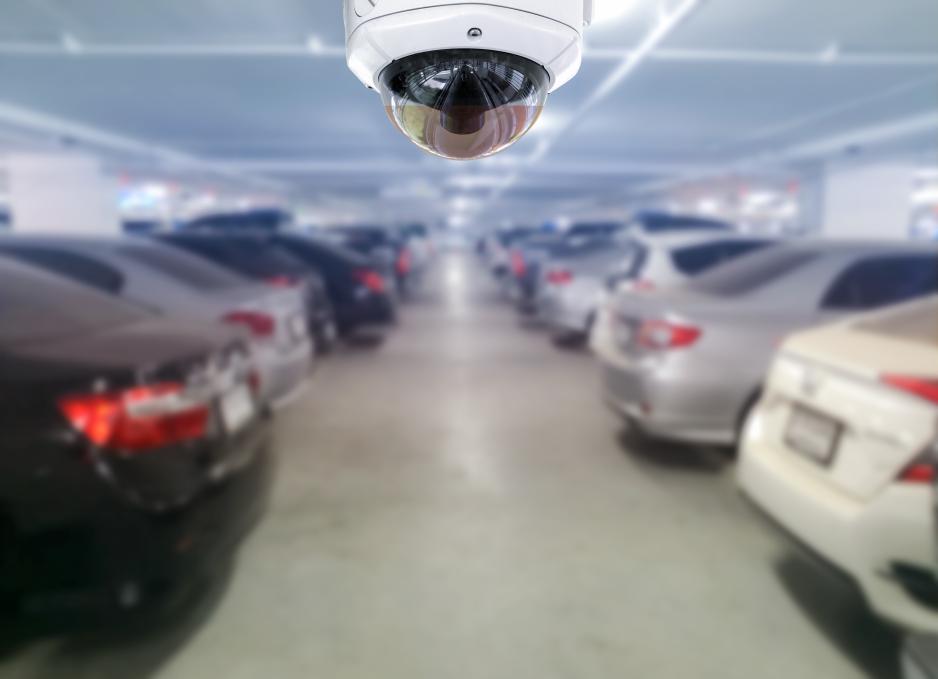Accurately assess and evaluate parking demand by using data, technology, and pricing tools. Improve user information, convenience, and safety, and control revenue through use of new technologies, such as real-time data collection.
Consider a variety of approaches to suit project specific needs.
- Install technological equipment such as magnets, cameras, smart meters, or a sensing platform to determine the number of parked cars in real-time.
- Disperse real-time vehicle parking information via a smartphone app, on-site displays, or webpage by displaying availability of parking at any given time or trends in parking to predict future demand.
- Implement parking pricing to reduce vehicle traffic, reduce parking demand at peak times, recover parking facility costs, or generate revenue for other purposes.
- Use app-based approaches to implement dynamic pricing for off-street and on-street parking resources based upon real-time demand, allowing for payment from anywhere without meters.
- Consider progressive pricing to allow a higher pricing rate for most favorable parking spots and lower pricing in fringe locations.
- Target 85 percent parking occupancy at any given time through variable parking pricing.
Body
